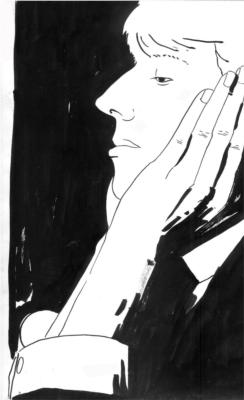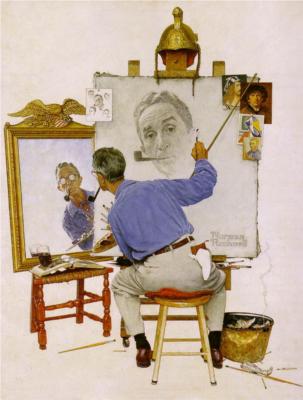Arty... I'll tackle this issue by way of analogy. Within the realm of music we have certain works defined as "classical music". The term makes sense when differentiating music by composers like Beethoven, Mozart, and Mahler from Miles Davis, Muddy Waters, Merle Haggard, and the Beatles. But "classical music" is a term used for music that ranges from medieval chant to contemporary
musique concrete:
Musique Concrete
Classical music includes medieval chant, motets, opera, string quartets and other forms of chamber music, cantatas, dance suites, ballets, symphonies, tone poems, nocturnes, concertos, lieder,
mélodie, chanson, songs, on through conceptual music such as John Cage's
4:33 (4 minutes and 33 seconds of silence), Xenakis soundscapes:
Xenakis: Metastasis
... and Minimalism by composers like Philip Glass:
Philip Glass: Freezing
The differences between various forms or genre of "classical music" is often far greater than the differences between certain forms or genre of "classical music" and certain works of "popular music". Personally, I don't see an incredible difference between this:
Reynaldo Hahn: A Chloris
... and these:
Somewhere Over the Rainbow
The Beatles: Yesterday
In other words, we can say that Jazz or BLuegrass are musical styles... but not Classical Music. It is a terms used to defines a broad range of forms and styles of music that are deemed as being the musical equivalent of "serious" "Fine" or "High Art". But
Somewhere Over the Rainbow and
Yesterday don't qualify as the musical equivalent of "fine art"? Why?
Historically, there was a period of music known as the "classical era" which included composers such as Mozart and Haydn and a music that was "classically" structured clearly and simply in comparison to music of the Baroque era which was far more complex and virtuosic. However, the term was revived in the late 19th century as a means of differentiating "serious" music from what was deemed as the frivolous and "popular" music of dance halls, the cabaret, the operettas, the ballets, waltzes... and later Jazz, Blues, Bluegrass, Rock, etc... The term was intended as inferring a certain elitism or inherent superiority.
The same applies to the visual arts. The term "Art" or "Fine Art" embraces a wide range of styles and genre or intentions. Let's look at some examples:
There is no dispute that this was a work of commercial art... a poster. But then... so is this:
Yet no one would dismiss Toulouse-Lautrec as a mere illustrator as they might so with Alphonse Mucha. Perhaps no one here would think to dismiss illustration or other "populist" uses of art as being inherently inferior... but some do. One of our members here mentioned having his/her work dismissed in art school as "illustrative". I had the same experience. "Illustrative", "Narrative", "Literary", "Craft" were all used as insults. They have been employed in the same way by influential art critics over the last century. Clement Greenberg famously dismissed the paintings of Edward Hopper as not even worthy of being called works or art or paintings but rather some debased branch of literature.
R. Crumb was at an artist's talk with Robert Hughes at which he expressed dismay over why Andy Warhol's work seels for so much while his (Crumb's) sells for far less... and yet he is as good or better as a draftsman. Crumb was likely being tongue-in-cheek, but it draws attention to the fact that much of Pop Art... certainly Warhol and Lichtenstein... offer nothing incredibly different from popular art forms (posters, comics, etc...) except for a change in context.

This is just one of many examples of a Roy Lichtenstein painting based upon an image taken from popular comics. Lichtenstein was careful to avoid borrowing (stealing?) from Disney, Marvel, DC or other companies with deep pockets and the ability to legally defend their work. Lichtenstein enlarged the images, made a few small changes, and showed the resulting work within the context of the "fine art gallery". His work is thus deemed "fine art" and sells for millions and the original is merely an illustration... and many of the artists of these works died broke.
I agree that we can differentiate illustration from other art forms. "Painting", "Sculpture", "Book Arts", "Cermaics", "Decorative Art", "Erotica", "Murals", etc... are all useful terms that define the purpose or media of a given work of art but make no suggestion as to aesthetic superiority. But "Fine Art"?
I question the dichotomy of Illustration, the Applied Arts, or Popular Art vs "Fine Art" or "High Art". It seems to me that works of art of any artistic genre or purpose may achieve works of the highest level.






